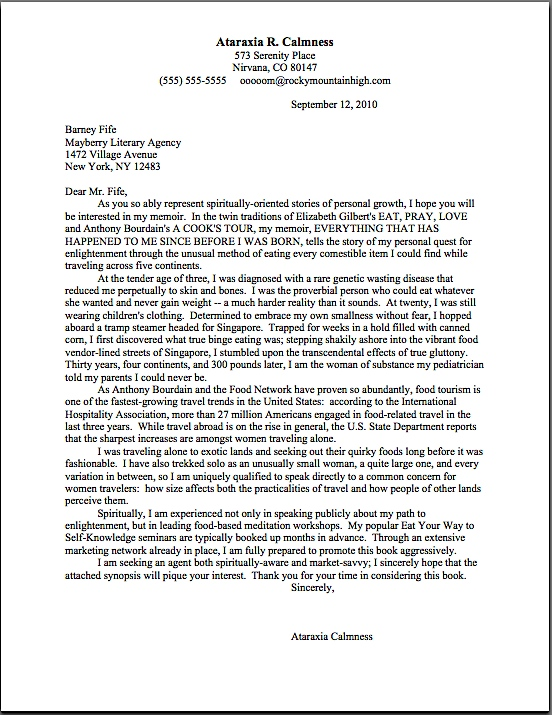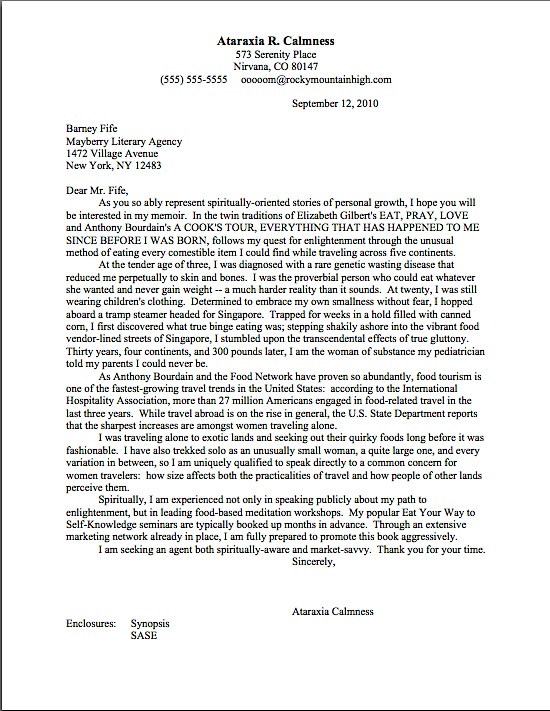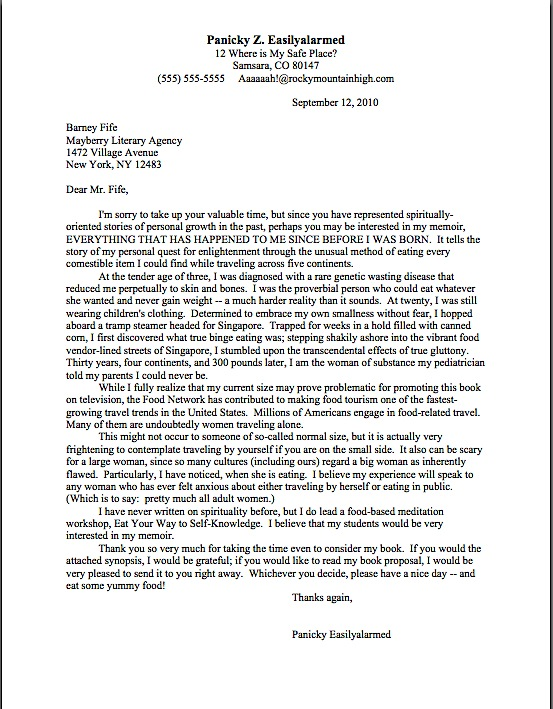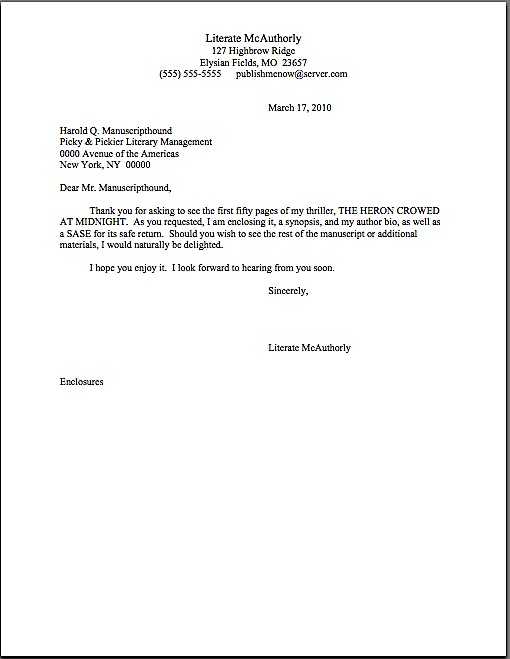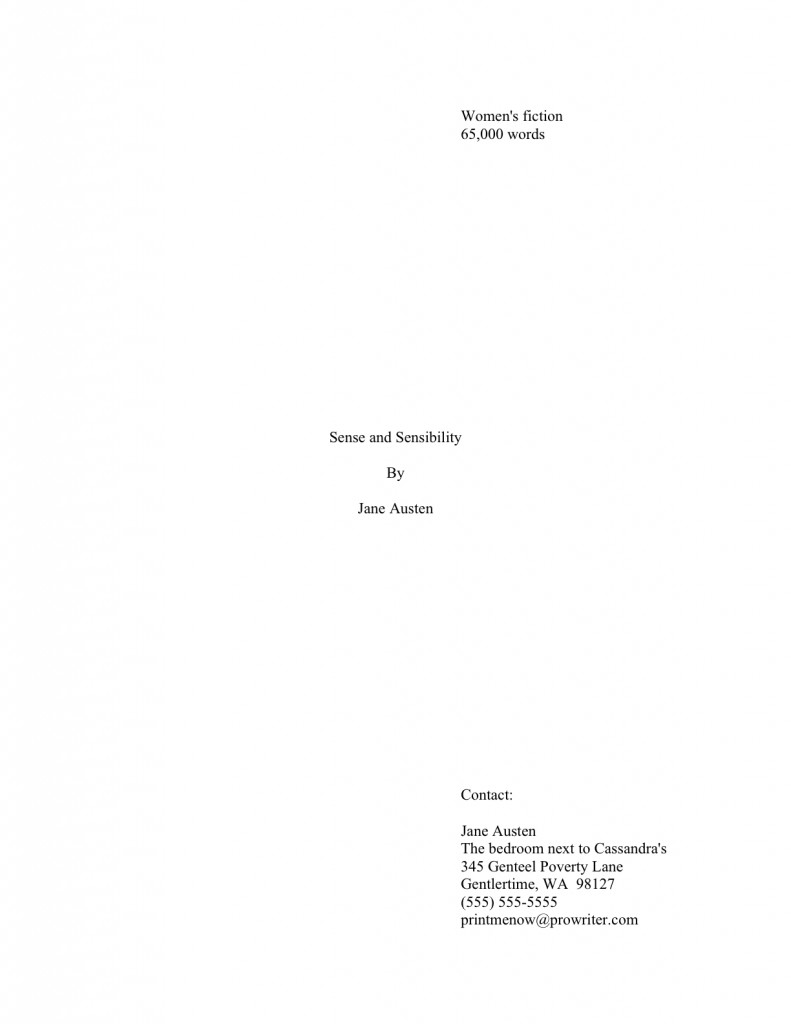
That’s right, campers: we’re rounding out this autumn of ‘Paloozas with arguably the most important one of all, a step-by-step guide to standard format, the way that book manuscripts should look on a page-by-page basis. Because yes, Virginia, there are professional standards, and once per year, I like to tell my readers about ‘em.
What? No public rejoicing? “Manuscript formatting?” I hear many an aspiring writer grumbling. “What on earth does that have to do with landing an agent and/or getting my book published?”
Plenty, actually; submitting a professionally-formatted manuscript gives an aspiring writer a competitive advantage in submission. And this time around, because some of you asked so nicely, I’m going to be devoting a few posts specifically to the ins and outs of formatting — and punctuating — dialogue.
Why concentrate on dialogue this time around? Well, remember my mentioning that a hefty percentage of the aspiring writers of North America tend to gird their loins, ratchet up their nerves, and send out queries and requested materials in early January of each year, in fulfillment of New Year’s resolutions to get cracking on getting published? These same resolutions lead freelance editors’ desks, or at any rate their e-mail inboxes, to groan under the weight of clients eager to seek their counsel, both at the close of the old year and the opening of the new. It’s also the time of year when we can get a preview of what Millicent the agency screener is likely to see for the next twelve to fifteen months.
I can already tell you the coming year’s trend: first- and tight third-person narratives in which other characters speak and the narrator thinks within the same paragraph. Last year, it was not double-spacing manuscripts; the year before, it was not indenting paragraphs.
And once again, Millicents all over New York will be shaking their heads, muttering, “What on earth made anyone think this was proper? Did I miss a bestseller that broke this particular rule?”
Yet virtually every time I mention to my fellow professional readers that many, if not most, aspiring writers are not fully aware of how a manuscript should be formatted — or, indeed, that such a thing as standard format exists, they tend to chortle with disbelief. “Oh, come on, Anne,” they scoff. “Anyone serious about getting published would have done his homework about that. Besides, the formatting isn’t really the problem for most of those writers. Most of the manuscripts you’re talking about would have gotten rejected by agencies, anyway; the ones who don’t double-space tend not to spell-check, either.”
And that, incidentally, is what a mixed-use dialogue paragraph in a first-person narrative looks like. In a novel, it tends to run like this:
Kyra laughed. “Over my dead body.” I thought about that for a moment. Not such a terrible idea.
“That could be arranged,” I said, much to her evident annoyance.
“No, but seriously, Ermintrude, I can’t let you take that book out from my library.” I raised my eyebrows at her. “What part of non-circulating collection don’t you understand?”
As opposed to the classic — and much clearer, logistically speaking — tradition of limiting each speaker/actor to distinct and separate paragraphs, so the formatting itself makes it plain who is speaking when:
Kyra laughed. “Over my dead body.”
Not such a terrible idea. “That could be arranged.”
The minuscule muscles at the side of her right eye twitched with annoyance. “No, but seriously, Ermintrude, I can’t let you take that book out from my library. What part of non-circulating collection don’t you understand?”
Easier for a skimming eye to follow what’s going on, isn’t it? Now, there’s no question of who is speaking — or acting — when; every twitch is easily attributable to the proper twitcher. We’re going to be talking about this dynamic, as well as other tips for dialogue formatting and clarity, later in this series.
But I digress from my composite discussion with other professional manuscript-readers. “But what about the ones who do spell-check?” I ask my cynical colleagues, “and proof-read, and take the time to get feedback on their work before sending it out? Improper formatting can as easily be the result of simple ignorance as of authorial laziness. I’m constantly meeting good writers new to the biz who haven’t the vaguest idea about what a professional manuscript looks like, for the exceedingly simple reason that they’ve never seen one.”
More scoffing around the table in the bar that’s never more than 100 yards from any writers’ conference in North America. One of the freelance editors might even trot out that old agents’ truism: “If a writer’s serious about getting published, he’ll take the time to learn what the formatting norms are. There are books that explain how to do it.”
“Not to mention your blog, Anne,” another quips, invariably. “How often are you revisiting the rules of standard format these days? Once a year? Twice?”
Actually, it used to be three, back in the dark days before I learned to keep reminding all of you, campers, to check the archive category list conveniently located on lower right-hand side of this page the early and often. (Speaking of formatting, how do folks like the new, improved, ostensibly easier-to-use format on the archive listings? Over the years, many of you had asked for the categories to be organized with headings.)
I feel that my colleagues are engaging in a bit of buck-passing. “I’m not denying that it’s possible to learn how to do it right; I’m just pointing out that most of the time, the writers whose manuscripts get rejected unread because of formatting problems have no idea that they’re not getting rejected on the writing itself.” Half the table looks skeptical. “Okay, fine — let’s do a little survey. Hands up: how many of you would read a single-spaced manuscript, if a potential client sent it to you? Or even one-and-a-half spacing? What about non-indented paragraphs?”
Crickets.
And that, my friends, should tell you a lot about just how seriously people who read manuscripts for a living take the norms of standard format. Even amongst the open-minded, there is a deep, pervasive prejudice against manuscripts that don’t look right cosmetically. Millicent the agency screener, Maury the editorial assistant, Mehitabel the contest judge: all of these readers who must approve a manuscript before it can impress an agent, get picked up by a publisher, or make the finals of a contest are so conditioned to expect professional formatting that when they see a submission that deviates from the rules in any significant respect, they tend to assume, as did the hypothetical tableful of editors above, that the writer is falling down on the job in other respects.
What does that mean in practical terms? Usually, that incorrectly-formatted manuscripts and contest entries are rejected on sight — and, in many cases, unread.
Why? Well, think about it: it’s one of the easiest ways conceivable to narrow the submission pool — which is job #1 for Millicent, Maury, and Mehitabel, right? Do the math: if the average agent receives 800-1500 queries per week and agrees to read even five percent of the manuscripts (high for most agents, by the way), that’s 40-60 manuscripts per week, and thus somewhere in the neighborhood of 2,000-3,000 per year.
Since even a very successful agent could take on, at most, 4-5 new clients per year, Millicent had better narrow down that applicant pool, pronto, hadn’t she? So had Maury. So had Mehitabel, since no matter how good a crop of contest entries is, there are generally only a fixed, small number of finalist slots. They’ve got to rule manuscripts out.
Isn’t it fortunate for them, then, that the vast majority of submitters present their writing unprofessionally?
Did some of you just do a double-take? Yes, Virginia, most submissions are incorrectly formatted. They either resemble published books (which is not correct for a manuscript submission), are submitted in short story format (ditto), or look like whatever the submitter happens to think looks nice on the page (extrapolate the answer from the previous two).
All of which makes Millicent, Maury, and Mehitabel shout, “Hallelujah,” especially of late, when both query and submission rates have been skyrocketing. Writing a book has always been plan B for a lot of people — with the economy in its current state, many folks seem to be pulling partially-finished manuscripts out of desk drawers these days. (Okay, off their hard disks, but it amounts to the same thing.) The timing’s a tad unfortunate, since this is also a period where publishing houses have been laying off editors and other staff.
Translation: you know how fierce the competition to get picked up by an agent already was before the economy went south? It’s become even tougher.
While those of you who already suffering from query or submission fatigue are still reeling from the implications of that last statement, let me slip a few hard facts under the noses of those who have yet to submit for the first time:
(1) There is a an expected standard format to which US-based agents and editors expect book-length submissions and book proposals to adhere, regardless of whether those manuscripts are produced by seasoned pros with many book sales under their belts or those brand-new to the biz, and thus
(2) while deviating from standard format in a small way (or, more commonly, in a multiplicity of small ways) will not necessarily result in knee-jerk rejection, it does tend to prompt those who read manuscripts for a living to take the manuscript less seriously, on the assumption that an aspiring writer who has not taken the time to learn about standard format probably has not honed her craft much yet, either. Given the pervasiveness of this attitude,
(3) using fancy typefaces, including cover artwork, printing manuscript pages on colored paper, and/or any other deviations from standard format in one’s submission is most emphatically not regarded as interesting expressions of the author’s individual point of view, but rather as evidence that the author doesn’t know about (1). On the bright side,
(4) manuscripts submitted in standard format tend to be treated with substantially more respect by agency screeners, editorial assistants, contest judges, and pretty much everyone who happens to read unpublished prose for a living. Despite this fact,
(5) one does occasionally hear agents and editors ask for deviations from standard format; in these cases, an aspiring writer should definitely give them precisely what they ask to see. However,
(6) it’s never advisable to generalize from what one individual says s/he wants into a brand-new trend sweeping the industry. Nor is it a good idea to ape the formatting choices one sees in a published book, because
(7) book manuscripts do not resemble published books in many important respects, for many excellent, practical reasons that I shall be explaining at length throughout this ‘Palooza. That being the case, professional tend to draw unfavorable conclusions about submissions that do aspire to book formatting, much as they do when aspiring writers are not aware that
(8) standard format for book-length manuscripts is not business format and just using what you learned about short stories won’t do, either. Nor is it necessarily identical to what your word processor’s grammar checker will ask you to do, or even the AP style one sees in newspapers and magazines. None of these will look correct to an agent or editor who deals with book manuscripts, because the norms there are very specific.
This may seem nit-picky and irrelevant to the quality of the writing in question, but think about it: if a host asks you to a formal dinner, it’s only polite to wear formal attire; a guest who shows up in flip-flops and a Hawaiian shirt is going to stand out like the proverbial sore thumb. (If it’s not clear to you why that might be problematic, review point 2.) Similarly,
(9) when placed side-by-side with professional manuscripts, as a successful submission inevitably will be, a wackily put-together manuscript will stand out as unprofessional, a phenomenon that all too often leads to
(10) most manuscript submissions getting rejected on page 1. Not always because they deviates from standard format — although, had I not yet made this point sufficiently, the vast majority of submissions do — but because an unprofessionally-formatted manuscript already has one strike against it, and who needs that? Ultimately,
(11) it’s just not worth your while to try to fudge your way out of these standards, since the price of a submission’s annoying a professional reader can be so high. And no matter how many times my readers, students, and editing clients ask me if agents, editors, and contest judges are REALLY serious about them, I’m not going to give you permission to ignore any single one of the standard format strictures. No way. Stop asking, already.
Why might knowing all this — and, more importantly, acting upon this knowledge — translate into higher acceptance rates? Well, the aspiring writer who acts upon this information conscientiously is probably producing submissions within the top 2% of what crosses Millicent’s desk on any given day.
Yes, really, Virginia; stop looking at me with those doubtful, pleading eyes. If any of the information on the list above came as a surprise to you in any way, it’s incredibly important that you should join me on a tiptoe through the intricacies of standard format.
In case I’ve been too subtle so far about why: agency screeners, agents, editors, and contest judges tend to regard submissions formatted in any other way as either unpolished (if they’re feeling generous) or unprofessional (if they’re not).
I implore those of you who have been through this material with me before: please don’t just skip these posts on standard format. I see manuscripts all the time by experienced albeit unpublished writers that contain serious standard format violations; heck, these problems occasionally turn up in the work of published writers, if the complaints their agents and editors make in those bars that are never more than a hundred yards from any writers’ conference in North America are to be believed.
All of us could use a review from time to time — say, the once per year I bring the matter up here. Because, you see, I am far from the only professional reader who takes umbrage, when manuscripts deviate from certain time-honored restrictions. Believe me, Millicent started twitching at the very sight of them before she’d had her job three weeks.
Yes, even if the formatting in question would be perfectly legitimate in other writing environments. (See points 2, 3, 5, 6, and 8 above, for instance.) And yes, yes, oh, yes, even if the deviation is precisely what some agent, editor, writing guru, or darned fool writing expert like me has suddenly announced to the world is the new norm.
Millicent didn’t get that memo.
Why would she, unless she happens to work for the agent-who-blogs or editor-who-is-trying-to-be-helpful who promulgated the new advice? Indeed, why would anyone who works with manuscripts for a living go out looking to see what folks outside the industry — or, at minimum, outside her agency — are demanding of writers these days, when the basics of standard format have actually changed very little for decades?
Oh, should I have numbered that one?
Actually, it would be very much against her self-interest to go trolling for such information, because — chant it with me now, veterans of my previous forays into standard format’s underlying logic — it’s so much easier just to assume that submissions that don’t adhere to standard format are inherently unprofessional, and thus (by implication) less likely to contain writing destined to take the publishing world by storm.
To put it bluntly, not relying upon this convenient assumption would slow her per-submission rejection time. As I hope anyone who has been ‘Palooza-ing this autumn is already aware, the fine folks who read submissions (and queries) in order to decide who gets a break and who doesn’t are in a hurry.
Remember the stats above; these people have a heck of a lot of reading to do. In the face of that many pieces of paper to plow through, even the reading of eagerly-solicited submissions tends to be awfully rushed: the goal becomes to weed out as many as possible as quickly as possible, rather than seeking out gems. Once a professional reader like Millicent has been at it for a while, s/he will usually develop a knack for coming to a conclusion about a piece of writing within the first paragraph or two.
Sometimes even within the first line or two. (For a fairly frightening run-down of the common first-page rejection reasons, you might want to check out the HOW NOT TO WRITE A FIRST PAGE category on the list at right.)
Unfortunately for writers unaware of the rules, a non-standard manuscript is child’s play to spot from the moment a professional reader lays eyes upon it. That can be an extremely serious problem for a submission, because — wait for it — being identified as not professionally formatted renders it FAR more likely to be rejected.
Why? Shout it with me now: agencies and publishing houses get so many submissions that a screener’s primary goal is to weed out the one she is reading at the moment.
The faster she can do that, the better, to move through that mountain of paper on her desk. So a first page that cries out the moment Millicent claps eyes upon it, “This writer is brand-new to the game and will require quite a bit of your boss’ time to coach into being able to produce a manuscript that an agent would be comfortable submitting to an editor!” is an outright gift to her: she can feel completely comfortable rejecting it at the very first typo, cliché, or word choice she doesn’t happen to like.
Heck, she might not even wait to spot any of the above. She might just say, “Oh, look — single-spacing. Next!”
What does this trigger-happiness mean for aspiring writers who scoff at standard format, or just don’t know about it? Right now, Harry Houdini himself would have extreme difficulty sneaking a non-standard manuscript past an agency screener, even though he undoubtedly has the world’s best platform to write a book on extricating oneself from tight situations. (And if that last quip didn’t make you groan, if not chuckle, it’s time to brush up on your industry-speak.)
This dark, dark cloud is not without its proverbial silver lining, however. By logical extension, the more professional your manuscript looks, the more likely it is to be read with interest by a screener in a hurry.
See now why aspiring writers cognizant of points (1) – (11) might enjoy a considerable competitive advantage at submission time? So to help give you that edge, I’m going to start running though the rules of standard format — and no, Virginia, none of them are negotiable. Stop asking, I tell you.
(1) All manuscripts should be printed or typed in black ink and double-spaced, with one-inch margins around all edges of the page, on 20-lb or better white paper.
No exceptions, unless an agent or editor (or a contest’s rules) specifically asks you to do otherwise. And I’m dead serious about using only white paper: ecru paper, no off-white, no Dr. Seuss-type stripes.
Yes, buff or parchment can look very nice, now that you happen to mention it, Virginia, but there’s a strategic reason to use bright white paper. Very sharp black-white contrast is strongly preferred by virtually every professional reader out there, probably as a legacy of having read so many dim photocopies over the course of their lifetimes.
The only colored paper that should ever go anywhere near a manuscript is the single sheet that separates one copy of a submission or book proposal from the next, so it is easy for an agent to see where to break the stack. (But you don’t need to know about that until your agent asks you to send 15 copies of your book for submitting to editors. Put it out of your mind for now.)
Nice, clear, dark print is optimal here, so do spring for a new printer cartridge. You’d be amazed (at least, I hope you would) at how poor the printing quality is on some submissions; I’ve seem pages that looked as though the writer dunked them in a swiftly-flowing river several times before popping them in the mail.
Which is sad, because submissions with poor print quality are — you’re ahead of me on this one, aren’t you? — almost never read.
Speaking of never, never, ever, eversubmit a dim photocopy; print out an original every time. Oh, you may chuckle at the notion of sending out a grainy photocopy, but believe me, any contest judge has seen many, many entries submitted that way.
Mehitabel likes them, actually: for every one that pops up, her reading time is shortened. Any guesses why?
(2) All manuscripts should be printed on ONE side of the page and unbound in any way (again, unless you are specifically asked to do otherwise)
Yes, this IS criminally wasteful of paper, especially when you consider the literally millions of pages of submissions that go flying into the agencies and publishing houses every month. I assure you, if I ran the universe, paper conservation would be the norm, and recycling mandatory.
Also, writers would all be granted an extra month a year in which to write, excellent and inexpensive child care while writing, a cedar-lined cabin on the shores of Lake Michigan in which to do it, and a pineapple upside-down cake on Kurt Vonnegut’s birthday. Perhaps some hard candies on Truman Capote’s birthday as well, in affluent years, and dancing on Mme. de Staël’s.
But since the unhappy reality is that I do not run the universe, we shall all have to live with the status quo. Which is to say: the publishing industry is one vast paper-wasting enterprise. Sorry.
Unbound means precisely what it says: no binding of any kind. You’d be surprised at how often writers violate the thou-shalt-not-bind rule, including paper clips, rubber bands, or even binders with their submissions. Since agents always circulate manuscripts without any sort of binding, these doohickeys just scream, “I’m unfamiliar with the industry.”
SASE, open wide: here comes a returned manuscript.
The only exception to this rule is a nonfiction book proposal — not the manuscript, mind you, just the proposal. Proposals are typically presented unbound in a black folder, the kind with horizontal pockets. (For tips, please see the aptly-titled HOW TO FORMAT A BOOK PROPOSAL category at right.)
Which doesn’t mean that you aren’t perfectly welcome to print double-sided or bind copies for your own purposes; just don’t show your work to the pros that way. As Author! Author!’s very first commenter Dave tends to chime in — and helpfully — whenever I bring this up, if you wish to make double-sided, 3-hole-punched, be-bindered drafts for circulating to your first readers for ease of toting around, that’s a dandy idea.
But never submit in that manner to a professional reader unless s/he has asked you to do so. Trust me on this one.
(3) The text should be left-justified, not block-justified, as published books, e-mails, business letters, and online writing tend to be.
Many fledgling writers find (3) nearly impossible to accept, as it is one of the most visually obvious ways in which a professional manuscript differs from a printed book. They believe, wrongly, that anything that makes their submission look more like what’s on the shelves at Barnes & Noble is inherently professional.
In practice, quite the opposite is true. Yes, books feature text that runs in straight vertical lines along both side margins, and yes, your word processing program can replicate that practically effortlessly, if you ask it nicely to do so. Bully for it.
But don’t take advantage of that pleasing capacity, I beg you: the straight margin should be the left one; the right should be ragged, as if you had produced the manuscript on a typewriter.
Translation: the left margin should be straight; the right margin should not. In practice, that means that the left margin will be exactly 1 inch, while the right margin will be no less than an inch on any given line of text. Similarly, while the top margin should be exactly 1 inch, the bottom margin will typically be slightly more, because the spacing between lines of text needs to be constant. (You actually don’t need to fret over measuring any of this out, if you are using MS Word: just set the margins all around to 1″ and the spacing to double, and you will end up with a standard 23-line manuscript page.)
Fear not if you’re having trouble picturing this: I shall be showing you abundant concrete examples later in this series. For now, you’re just going to have to trust me when I tell you that block-justifying your submission is going to appeal to your garden-variety Millicent about as much as a pie in the face.
(4) The preferred typefaces are 12-point Times, Times New Roman, Courier, or Courier New; pick one and use it consistently throughout your entire submission packet.
Yes, Virginia, even if you have a strong preference for the lettering in your book when it is published. Why? Shout it with me now: MANUSCRIPTS AND PUBLISHED BOOKS AREN’T SUPPOSED TO LOOK THE SAME.
So use one of these typefaces for submission purposes — unless, of course, an agency’s submission guidelines specifically ask for something different. There are a few agents out there who have their own font preferences (usually Courier, and usually because they also represent screenplays), so do check their websites and/or listings in the standard agency guides. As ever, the golden rule of dealing with an agent you want to represent you is give them precisely what they ask to see, not what you would like them to see.
Personally, I would never dream of allowing an editing client of mine to submit a manuscript in anything but Times New Roman, nor would I ever submit any of my work in anything else. It is the standard typeface of the publishing industry, just as Courier is the norm of screenwriting.
A tad silly, you say? Perhaps, but it’s one of the bizarre facts of publishing life that manuscripts in these fonts tend to be taken far more seriously, and with good reason: these are the typefaces upon which the most commonly-used word count estimations are based. (Psst: if you don’t know why you should be estimating the length of your manuscript rather than using actual word count, please see the WORD COUNT category at right.)
I hear you grumbling, lovers of interesting typefaces. Yes, most published books are in typefaces other than Times or Courier — but typeface decisions for published books are made by the publishing house, not the author. Submission time is not the appropriate period for making your preferences known.
If you’re very nice down the line, after a publishing house has acquired your book, they may listen to your suggestions. They may giggle a little, true, but they might listen. Ditto with the cover and the title, which are — brace yourselves — almost never under the author’s control.
Why? Because these are matters of packaging and marketing, not content.
All of which begs the question, of course: why do word processing programs tempt us so many typefaces from which to choose, if we’re not supposed to use them?
Answer: because the people who make word processing programs are not the same people who decide what books get published in North America. Which is why, in case you’re wondering, what Microsoft Word means by word count and what the average agent or editor does are not typically the same thing.
Fair warning: if you are a writer who likes to have different voices presented in different typefaces, or who chooses boldface for emphasis, a submission is not a forum where you can express those preferences freely. Yes, one sees this in a published book occasionally, but I assure you, the choice to indulge in these formatting differences was the editor’s, not the author’s.
Sorry. See my earlier disclaimer about proprietorship of the universe.
I’m sensing a bit of dissention out there, but I can’t say I’m surprised. Almost invariably, around the time that I bring up Rule #4, someone posts a comment informing me huffily that website X advises something different, that this agent said at a conference she doesn’t care what typeface you use, that a certain manual said that standards have changed from the traditional guidelines I set out here, or some other observation presumably intended to make me rend my garments and cry, “Finally, I see the error of my ways! I guess I’ll disregard the fact that I’ve never seen the change you mention actually in use in a professional manuscript and declare it to be the new norm!”
To save you the trouble and sound like a broken record at the same time: it’s not gonna happen.
I have no doubt that all of these comments are indeed pointing out legitimate differences in advice, but it is not my purpose here to police the net for standardization of advice. If you like guidelines you find elsewhere better, by all means follow them.
All I claim for these rules — and it is not an insubstantial claim — is that nothing I advise here will ever strike a U.S.-based agent or editor as unprofessional. Even if any give agent, editor, or contest judge should happen to harbor personal preferences for other formatting choices, anyone who has been in the biz for a while will recognize pages in standard format as the industry norm.
In other words, adhering to these rules will mean that your writing is going to be judged on your writing, not your formatting. And that, my friends, is nothing at which to sneeze.
More of the rules of standard format follow next time, of course, as well as acres more explanation. In the meantime, keep up the good work!


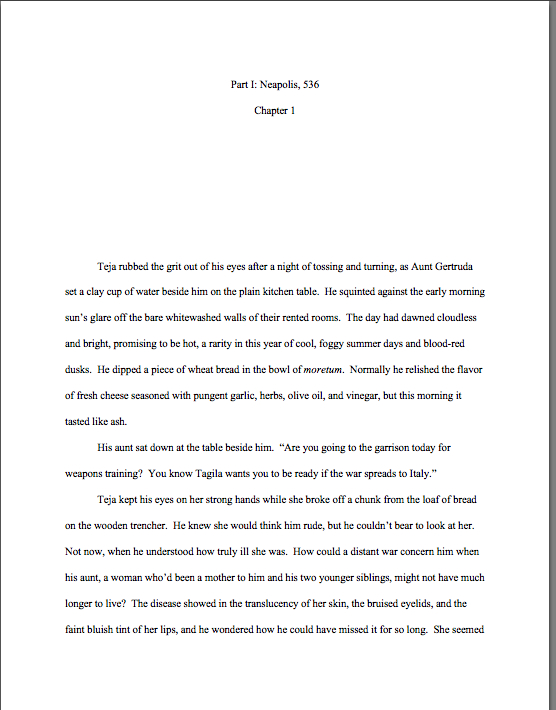
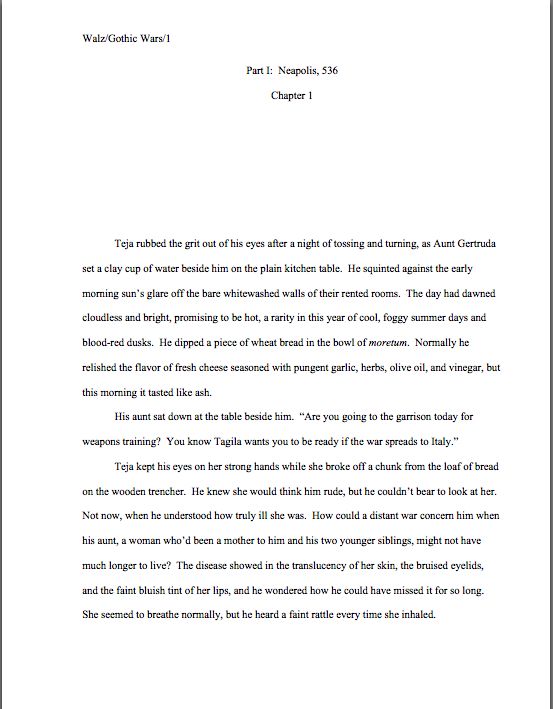
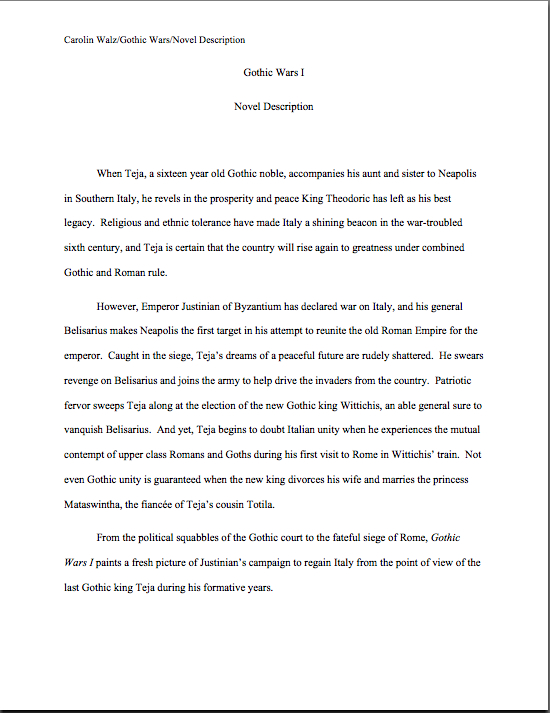
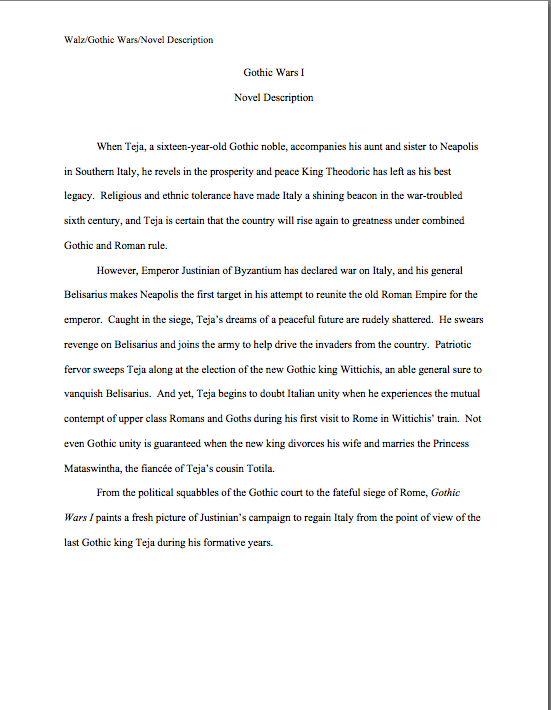
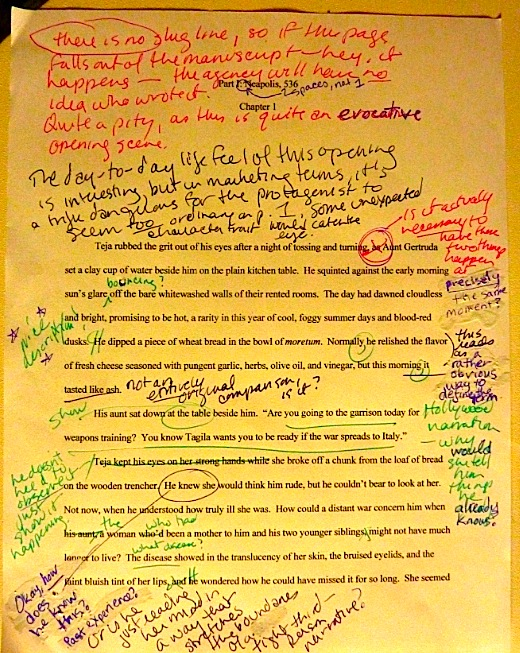



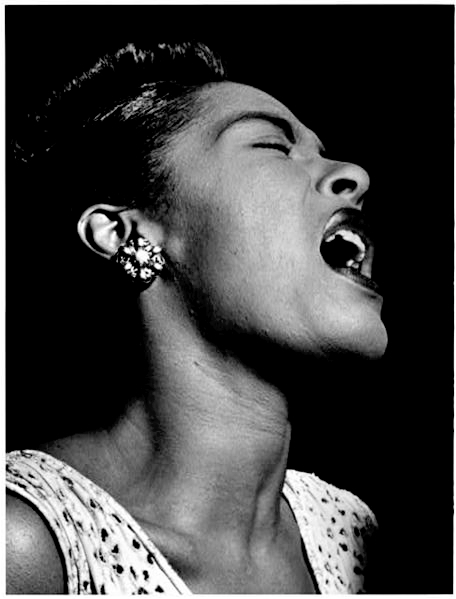


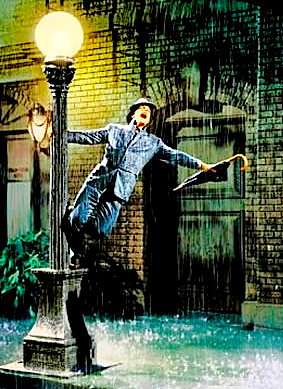


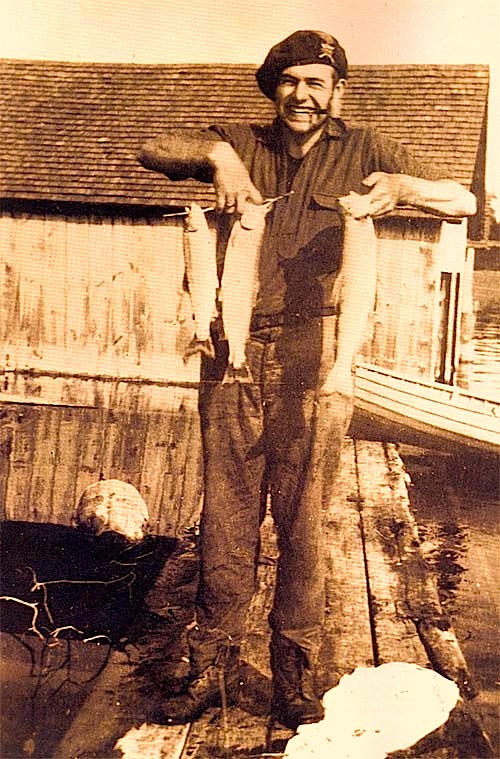
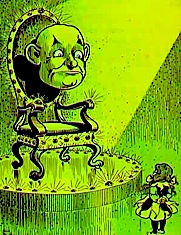

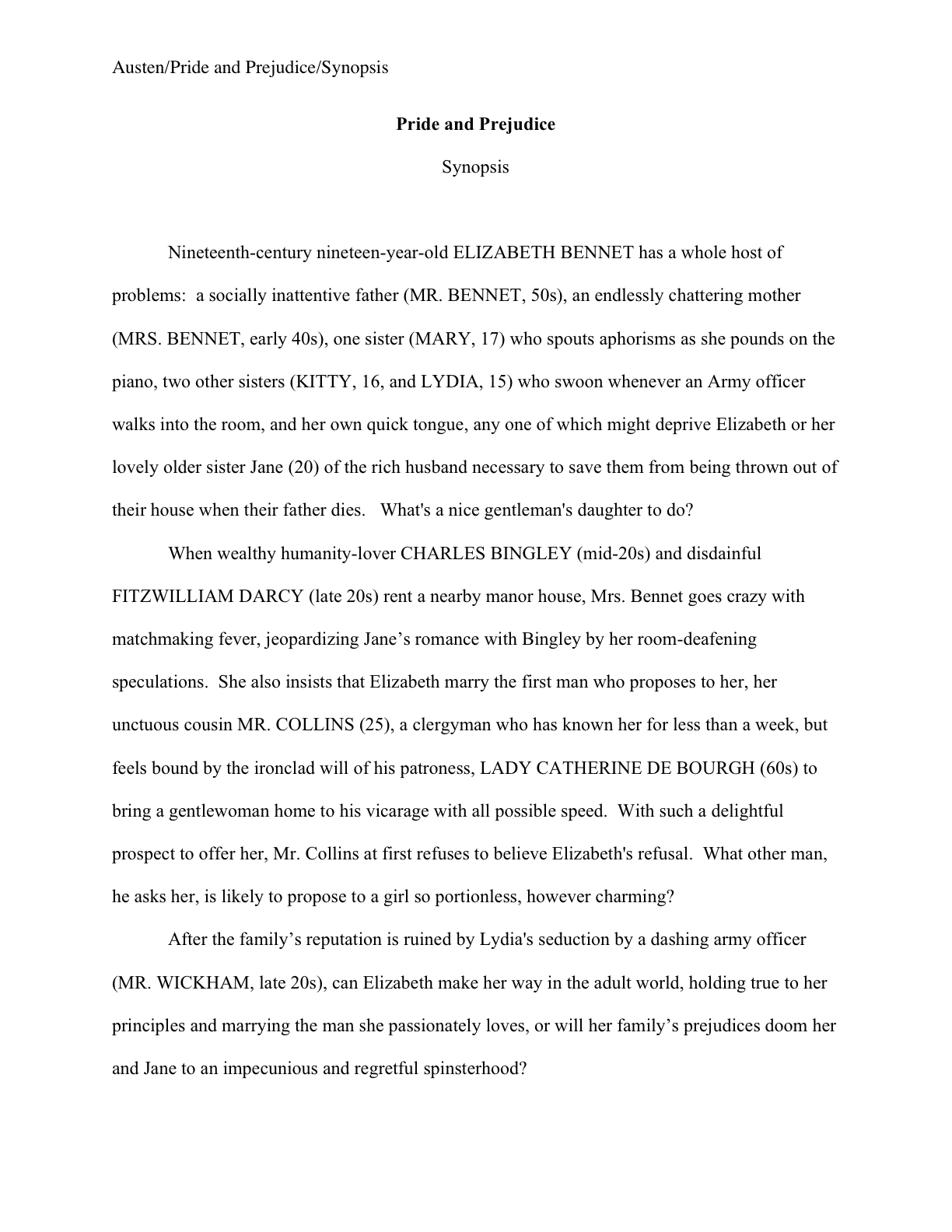
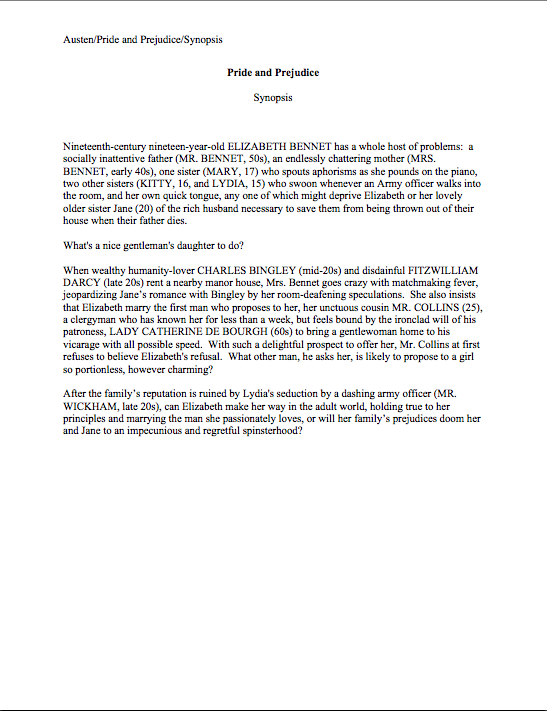
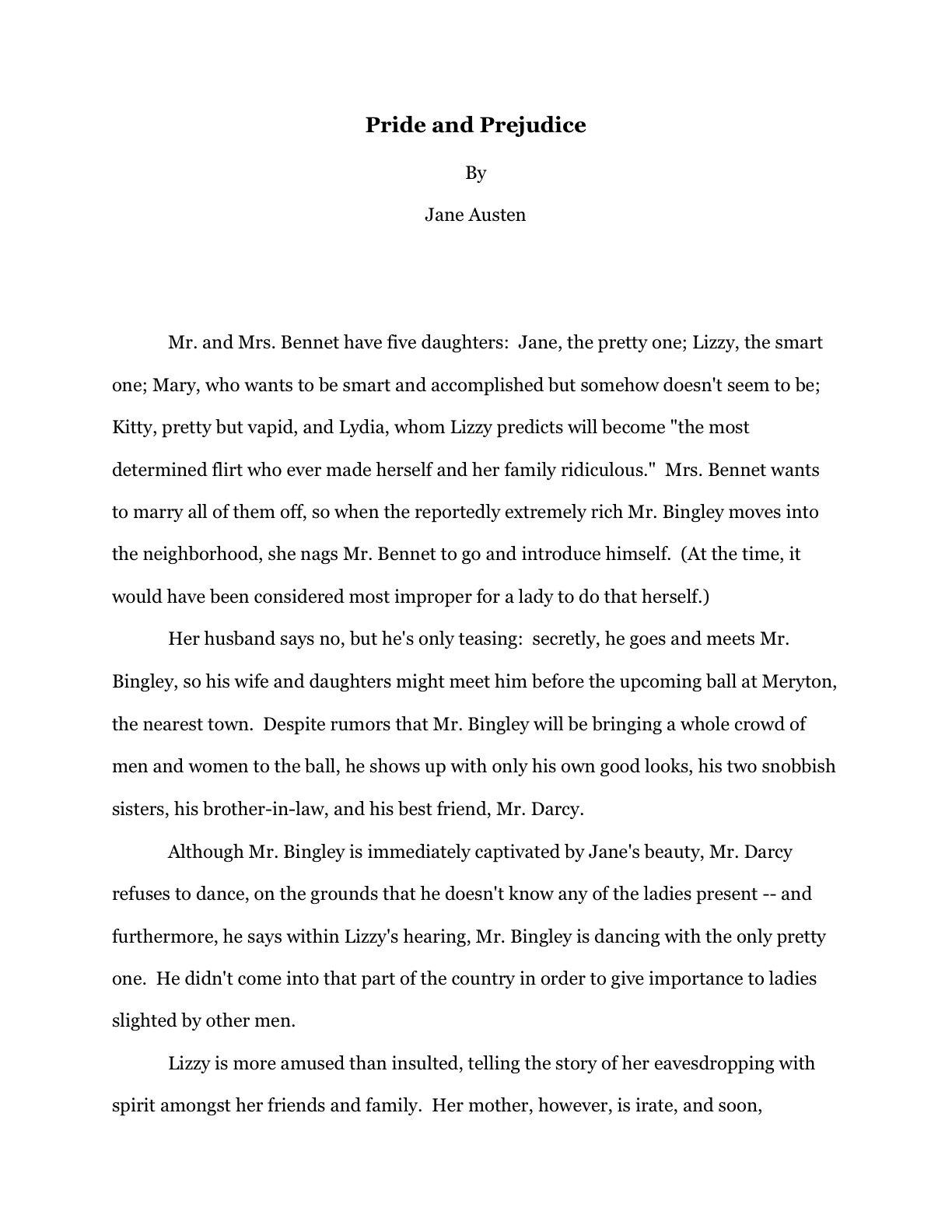
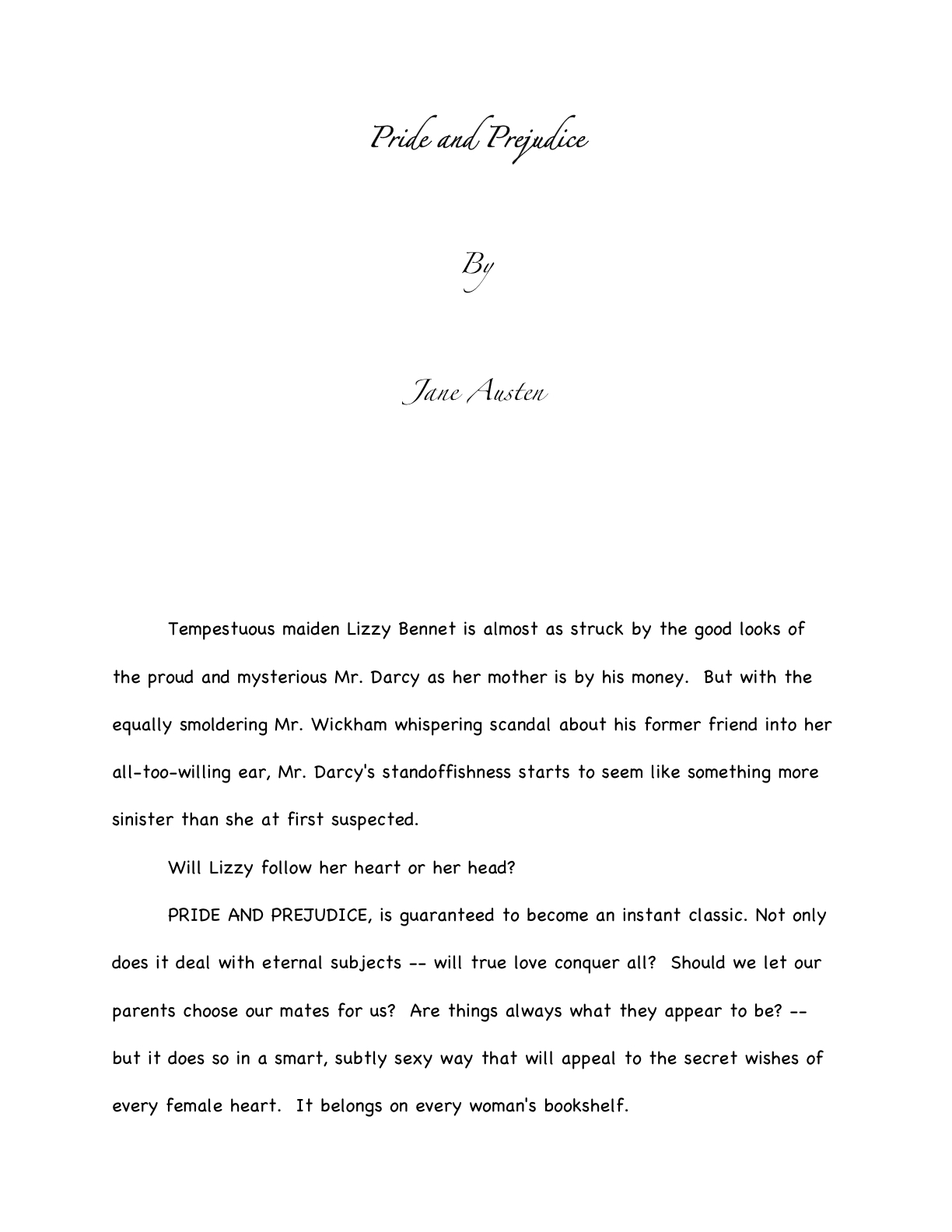






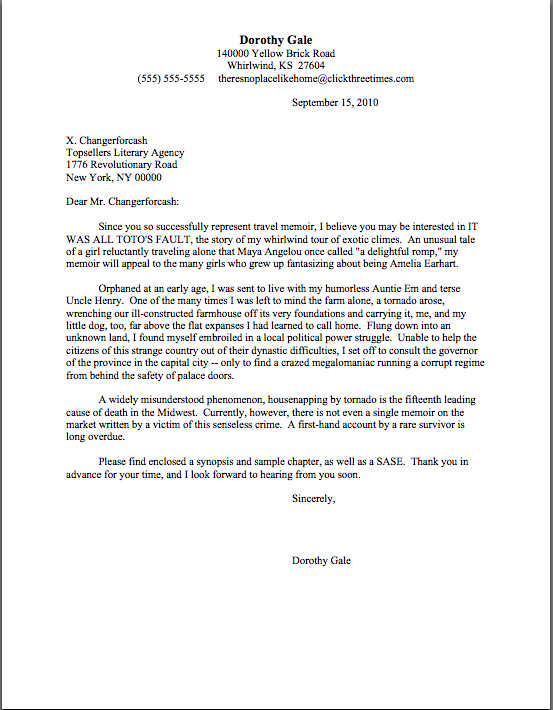
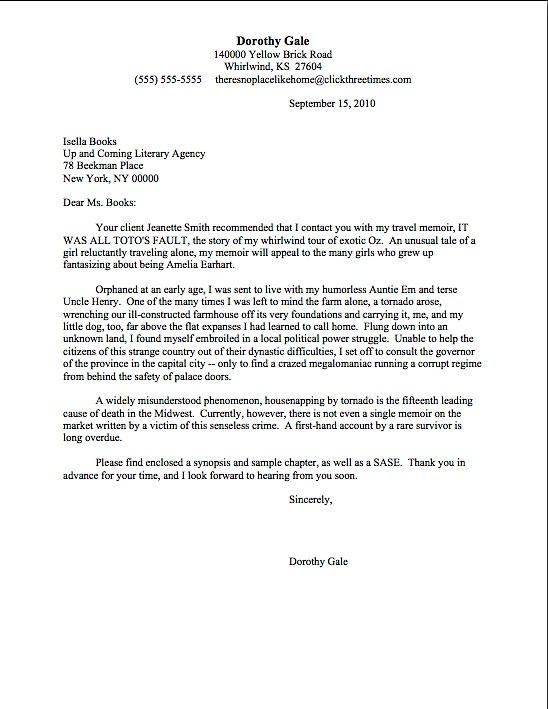
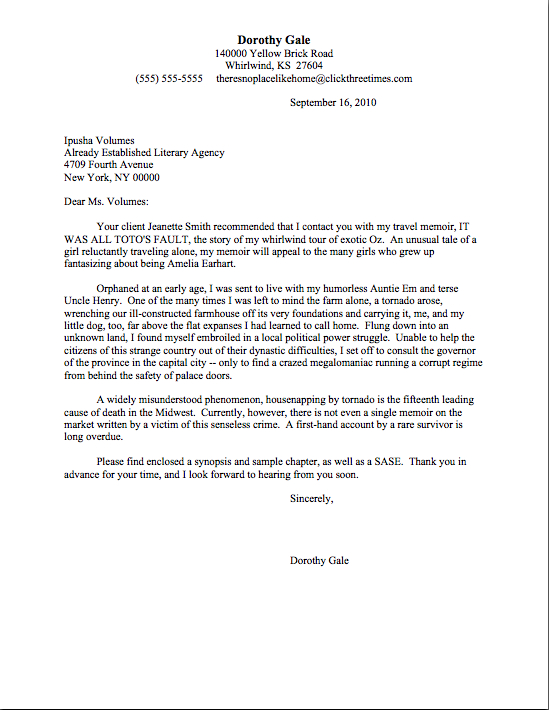
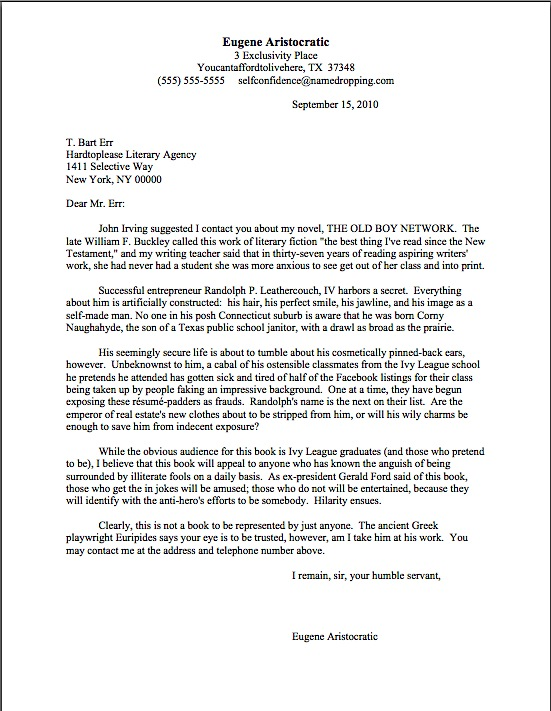
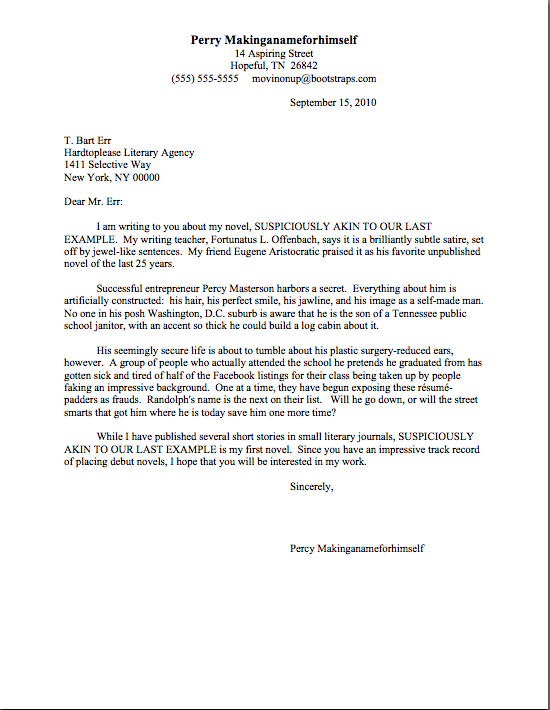






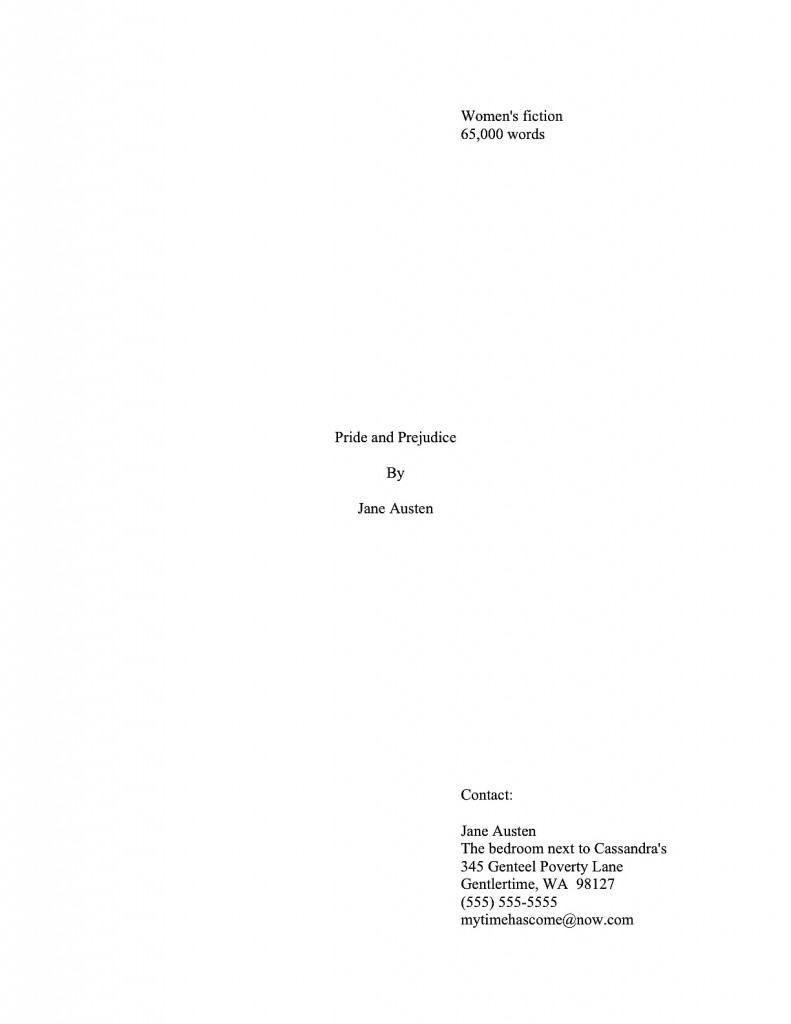
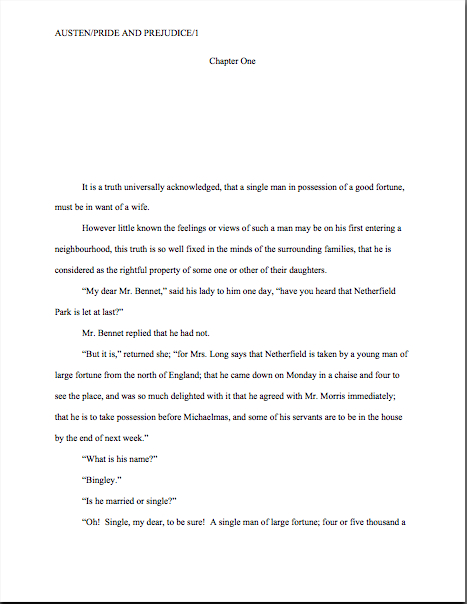
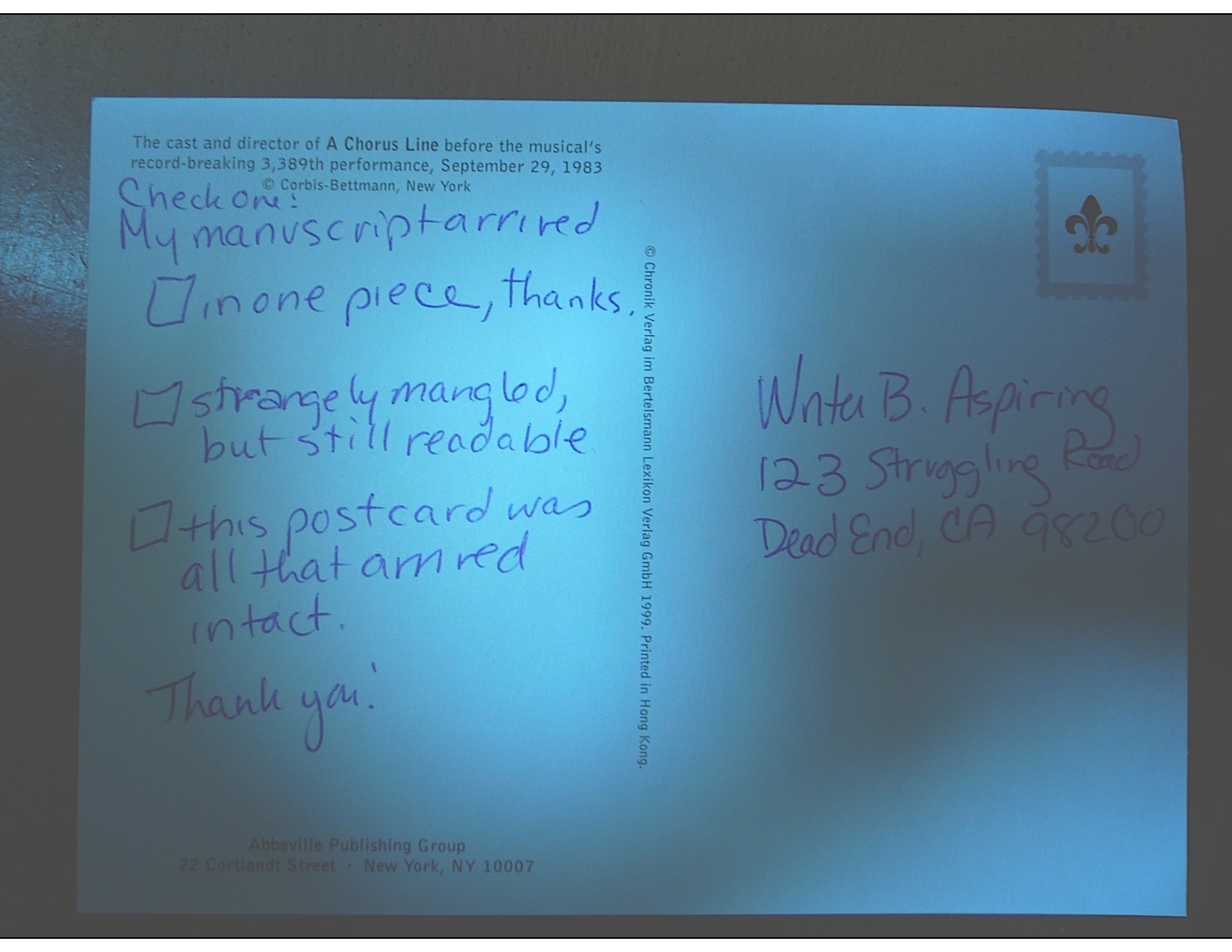
 No matter how many pages or extra materials you were asked to send, do remember to read your submission packet IN ITS ENTIRETY, IN HARD COPY, and OUT LOUD before you seal that envelope. Lest we forget, everything you send to an agency is a writing sample: impeccable grammar, punctuation, and printing, please.
No matter how many pages or extra materials you were asked to send, do remember to read your submission packet IN ITS ENTIRETY, IN HARD COPY, and OUT LOUD before you seal that envelope. Lest we forget, everything you send to an agency is a writing sample: impeccable grammar, punctuation, and printing, please.


